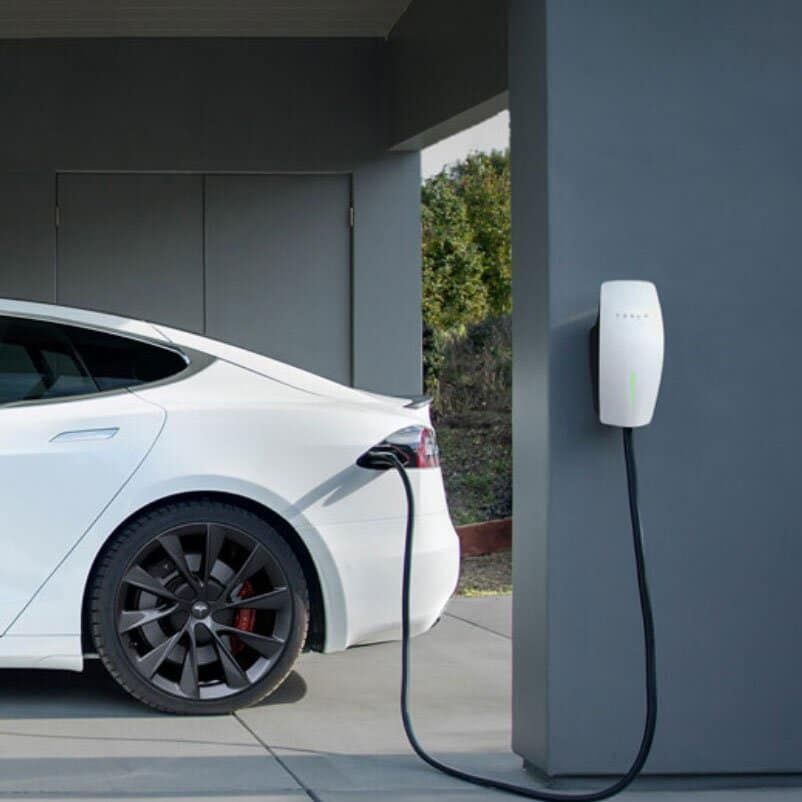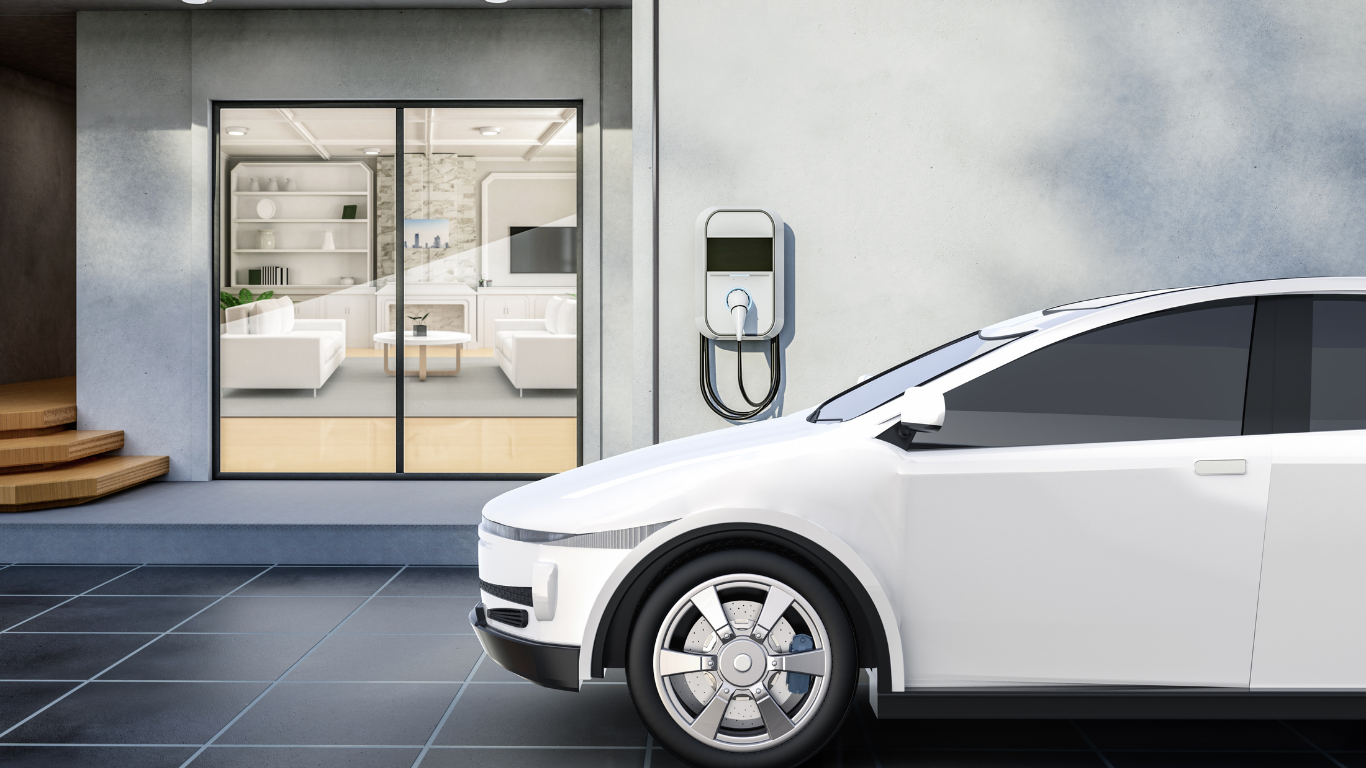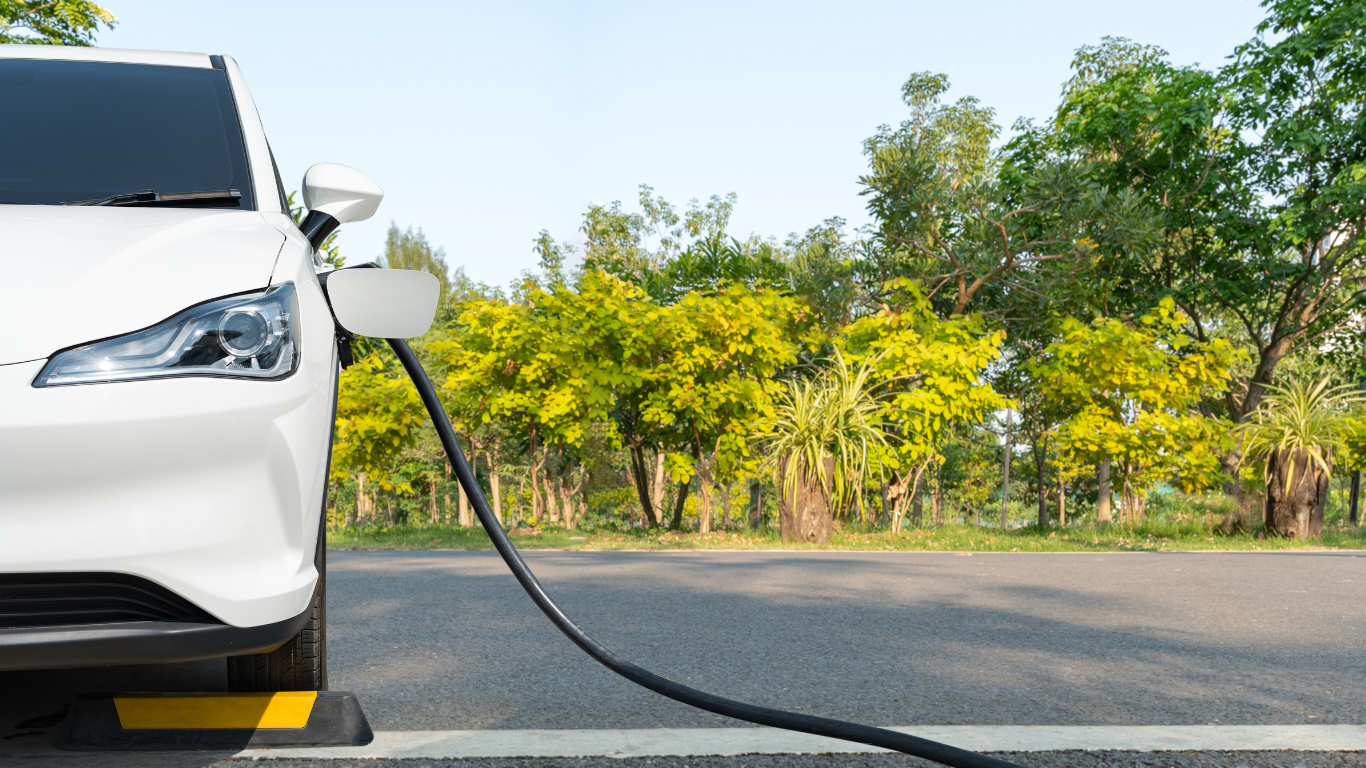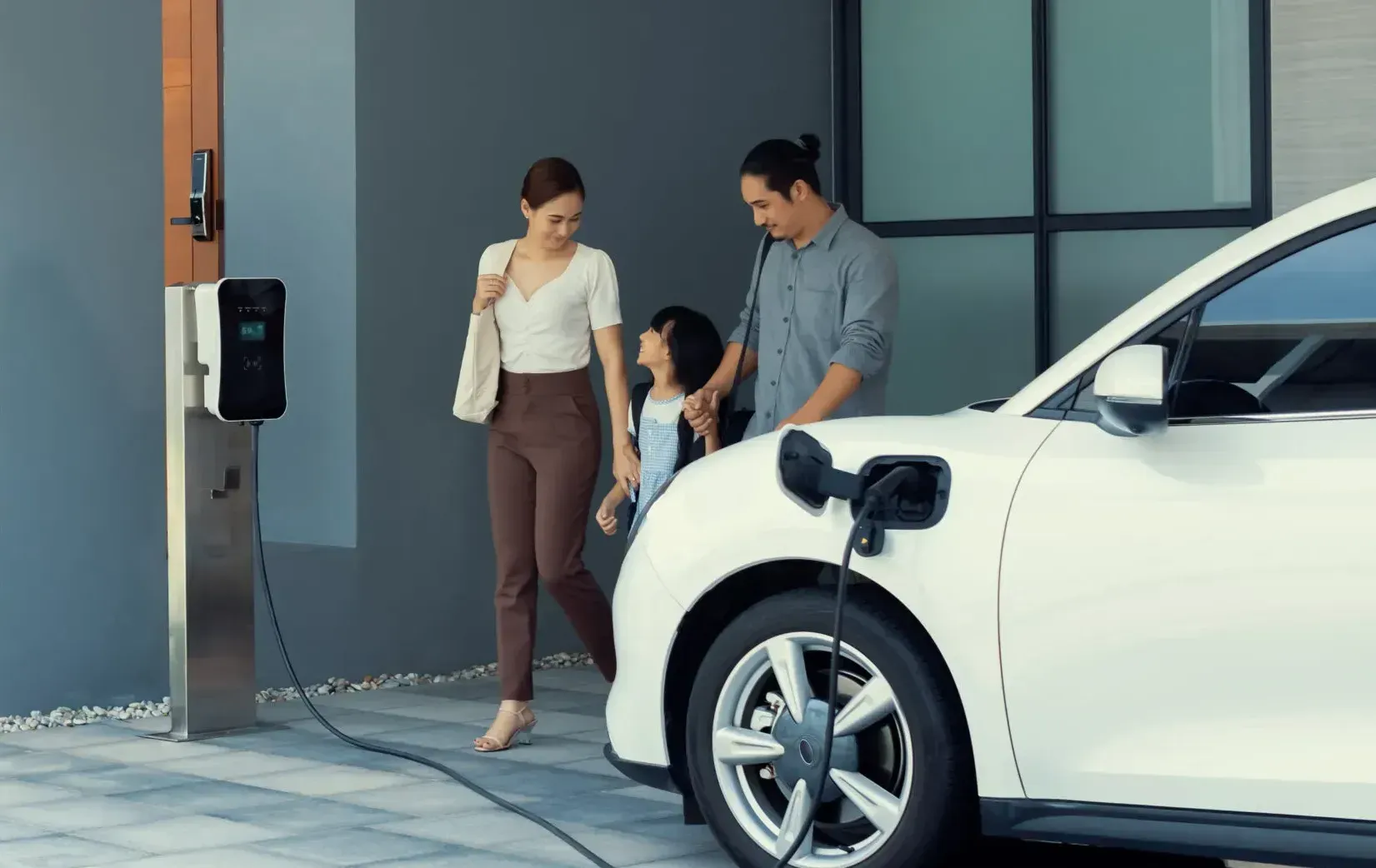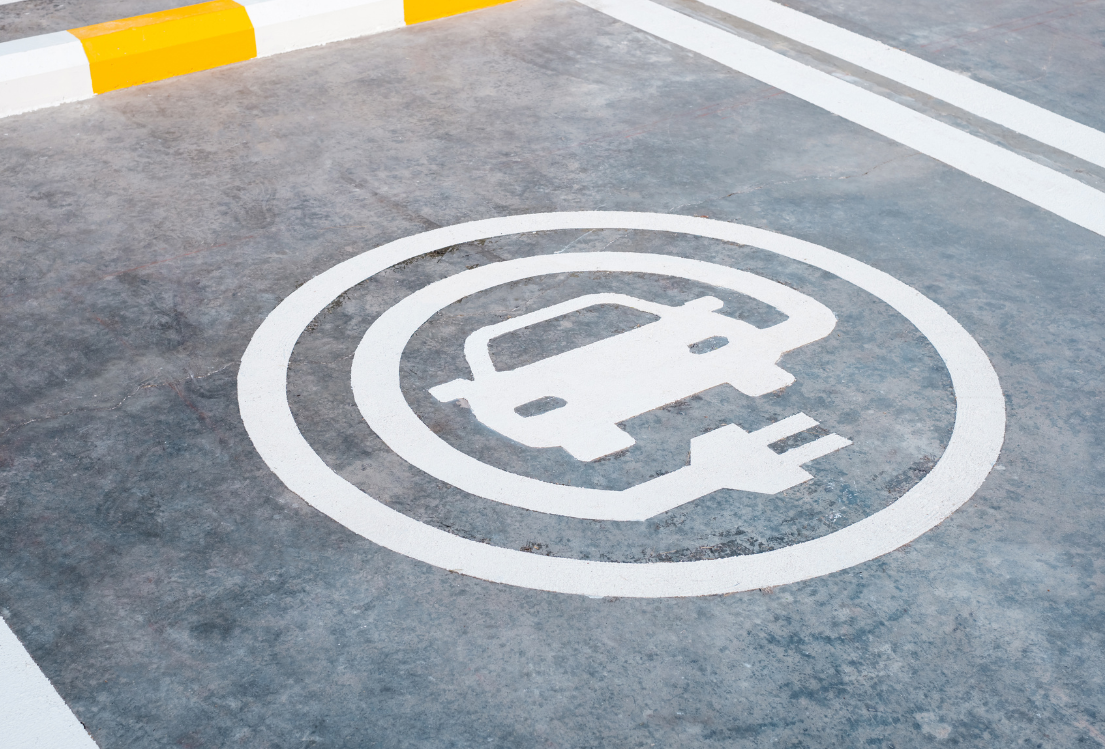The Future of Electric Vehicles: Trends to Watch in 2025
Discover the Key Trends Shaping the Future of Electric Vehicles in 2025.
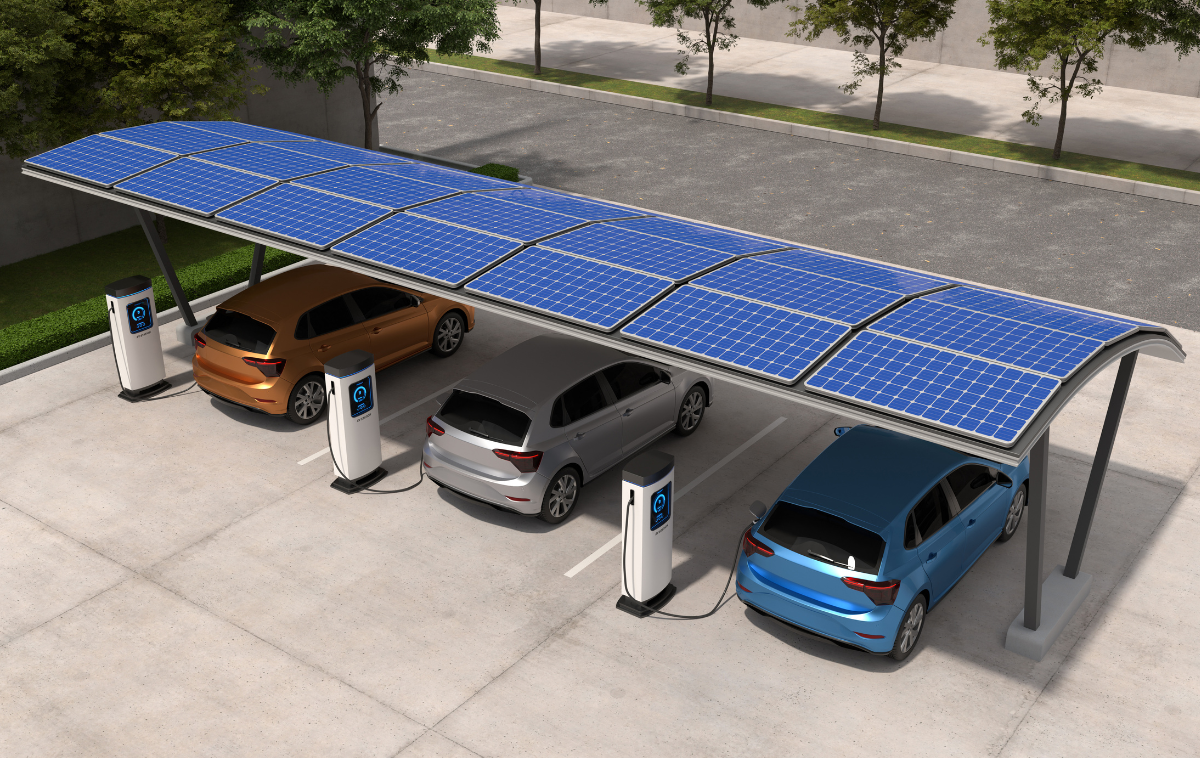
Table of Contents
Introduction
As we approach 2025, the electric vehicle (EV) market is evolving at a rapid pace. From advancements in battery technology to the expansion of charging infrastructure, the future of EVs looks bright. In this blog, we’ll explore the top trends shaping the electric vehicle industry, giving you insight into what to expect in the coming years.
Whether you’re an early EV adopter or considering making the switch, staying informed about these trends will help you understand how electric vehicles are becoming more accessible, efficient, and practical. Let’s take a closer look at the key developments that will define the EV landscape in 2025.
1. Advancements in Battery Technology
New Battery Chemistries and Improved Efficiency
One of the most significant areas of innovation in the EV industry is battery technology. New battery chemistries, such as solid-state batteries, are set to improve energy density, safety, and efficiency. These advancements will allow for lighter batteries that hold more charge, resulting in better vehicle range. Solid-state batteries, in particular, are seen as the next frontier in battery evolution, offering improved performance, reduced risk of overheating, and faster charging times compared to traditional lithium-ion batteries.
In addition to solid-state batteries, lithium-ion technology continues to improve, with researchers exploring ways to increase battery longevity and reduce the time it takes to charge. Enhanced lithium-ion batteries are expected to become more efficient by 2025, further improving the energy storage capacity of EVs. These innovations will make EVs more practical for a wider range of consumers, as they address the two main concerns of range anxiety and charging times.
Another exciting development is the rise of cobalt-free batteries. By eliminating or reducing cobalt—a material often associated with ethical concerns in mining—manufacturers are making battery production more sustainable and affordable. This will have a positive impact on the overall cost of EVs, making them more accessible to consumers in the coming years.
Impact on Vehicle Range and Charging Speed
With these advancements, we can expect to see EVs with extended ranges that rival or surpass those of traditional internal combustion engine vehicles. Some automakers are already promising ranges of 600 kilometres or more on a single charge by 2025. This marks a significant improvement over earlier EV models, where range anxiety often deterred potential buyers. These improvements in range will make EVs more appealing to drivers who rely on their vehicles for long commutes or road trips.
In addition to increased range, faster charging speeds are also on the horizon. New battery technology and charging stations will reduce charging times significantly, with some ultra-fast chargers capable of adding hundreds of kilometres of range in just 10-15 minutes. This rapid charging capability is especially important for those who frequently travel long distances or don't have time to wait for hours to fully charge their vehicles. With this technology becoming more widespread, the convenience of owning an EV will be comparable to filling up a gas-powered vehicle at the pump.
For instance, some automakers are working on 800-volt charging systems, which promise to revolutionize the industry. With these systems, charging times could be reduced by up to 50%, making it easier than ever to charge an EV quickly and efficiently. Such advancements are expected to become standard across the industry by 2025, leading to a new generation of ultra-fast charging vehicles.
2. Expansion of Charging Infrastructure
Government and Private Sector Efforts
Governments around the world, including Canada, are making significant investments in charging infrastructure to support the growing number of EVs on the road. Canada, in particular, is focusing on expanding its national EV charging network as part of its strategy to reduce greenhouse gas emissions and meet ambitious climate goals. Both federal and provincial governments are offering incentives to promote the installation of charging stations, especially in underserved areas.
In addition to public funding, private companies are stepping in to build more charging stations, making it easier for drivers to find convenient places to charge their vehicles. Energy providers, automakers, and charging network operators are collaborating to expand charging infrastructure in cities, along highways, and in rural regions where charging access has historically been limited.
These efforts include the installation of charging stations in urban centres, along highways, and in rural areas where access to charging has been more limited. By ensuring a robust network of chargers, governments and private companies are helping to ease range anxiety and make EV ownership more feasible for a broader range of consumers.
The Rise of Ultra-Fast Charging Networks
As part of the expansion of charging infrastructure, ultra-fast charging networks are becoming more widespread. These networks, which feature chargers capable of delivering up to 350 kW, will play a key role in reducing charging times and making long-distance travel in an EV more feasible.
Ultra-fast chargers are expected to be available at more locations, including service stations, shopping centres, and dedicated EV charging hubs. This rapid rollout will be critical for making EVs more practical for everyday use, especially for drivers who may not have access to home charging or those who rely on public charging stations during road trips.
The advent of these ultra-fast networks will also pave the way for more commercial fleet adoption of electric vehicles. As logistics companies, delivery services, and ride-hailing companies look to reduce their carbon footprints, the ability to quickly charge multiple vehicles will become a significant selling point for EVs.
3. Increased Variety of EV Models
Emerging Brands and Models
The EV market is expanding rapidly, with both established automakers and new entrants unveiling a wide variety of electric vehicles. By 2025, we’ll see more EV models available across different price points, body styles, and performance levels. Emerging brands like Rivian, Lucid Motors, and others are challenging traditional automakers by offering premium EVs with cutting-edge technology. Their sleek designs, high-performance capabilities, and luxury features have set a new standard for what electric vehicles can be.
In addition to luxury brands, mass-market automakers are increasing their EV offerings, with affordable models aimed at mainstream consumers. Automakers like Ford, General Motors, and Volkswagen are all expanding their EV lineups, offering everything from compact cars to full-size SUVs. This variety will make it easier for buyers to find an EV that fits their needs, whether they ’re looking for a compact car, an SUV, or a high-performance sports car.
Niche Markets: Families, Luxury, and Performance Vehicles
In addition to the growing variety of mainstream EVs, niche markets are also expanding. Families, for example, will have more options when it comes to electric SUVs and minivans that offer ample seating and cargo space. For luxury buyers, high-end EVs with advanced features like autonomous driving, premium interiors, and enhanced safety features will become more prevalent. The luxury EV market is poised to see significant growth, with brands like Porsche, BMW, and Mercedes-Benz leading the charge.
Performance-oriented EVs are also gaining traction. With instant torque and impressive acceleration, electric sports cars are appealing to drivers who want a thrilling experience behind the wheel. Brands like Tesla, Porsche, and Audi are already leading the charge in this category, and more manufacturers are expected to join by 2025. These vehicles showcase the potential for EVs to compete with—and even outperform—traditional sports cars.
4. Integration of Renewable Energy
Solar Panels and Home Energy Storage
As electric vehicles become more common, many homeowners are looking for ways to power their cars with renewable energy. The integration of solar panels and home energy storage systems is expected to become a major trend by 2025. With advancements in solar technology, homeowners can generate their own electricity and store it for later use, reducing their reliance on the grid and lowering their carbon footprint.
Installing solar panels and battery storage can also help EV owners save money on charging costs. By using solar energy to charge their vehicles, they can reduce their electricity bills and take advantage of incentives for renewable energy systems. This will become particularly relevant as the cost of solar technology continues to decrease, making it more accessible for a larger number of homeowners.
Energy Independence and EV Ownership
The integration of renewable energy also opens the door to greater energy independence. Homeowners who generate their own electricity can become less reliant on utility companies, especially during peak demand times or power outages. This trend is particularly attractive for EV owners, as it provides them with a sustainable and self-sufficient way to keep their vehicles charged.
Energy independence will become a key selling point for EV buyers, especially as renewable energy technology continues to improve. By 2025, we can expect to see more homes equipped with solar panels and battery storage systems, making it easier and more affordable for EV owners to charge their cars with clean energy.
5. Policy and Incentive Changes
Expected Changes in Government Policies
Governments around the world are enacting new policies to promote the adoption of electric vehicles. In Canada, we can expect to see more aggressive targets for reducing greenhouse gas emissions, as well as policies that encourage the transition to electric vehicles. Federal and provincial governments will likely continue to offer financial incentives to EV buyers, such as rebates, tax credits, and reduced vehicle registration fees. These incentives are designed to make EV ownership more affordable and to encourage more drivers to switch to electric transportation.
Governments may also introduce stricter emissions standards for traditional vehicles, further incentivizing the adoption of EVs. For instance, some countries are setting ambitious targets to ban the sale of new gasoline and diesel vehicles by 2035 or earlier, creating a greater sense of urgency for automakers to electrify their fleets.
Impact on Potential EV Buyers
These policy changes will have a direct impact on potential EV buyers. As incentives make EVs more affordable and policies encourage greener transportation, more consumers will be motivated to switch to electric vehicles. For businesses, government grants and tax breaks for installing EV chargers may also become more common, making it easier for workplaces to support their employees' transition to electric vehicles.
By staying informed about the latest policy changes and incentives, buyers can take advantage of the best opportunities to save on their EV purchase and charging infrastructure. Whether you’re a first-time EV buyer or looking to upgrade your current electric vehicle, understanding the policy landscape will be essential for maximizing your benefits.
Conclusion
The future of electric vehicles is full of promise. With advancements in battery technology, the expansion of charging infrastructure, and the growing variety of models, the EV market is poised to continue its rapid growth. Additionally, the integration of renewable energy and evolving government policies will make EV ownership more accessible and appealing.
At My EV Experts, we’re here to help you navigate these exciting developments. Whether you’re looking to install an EV charger, stay updated on the latest trends, or learn more about government incentives, our team is ready to assist. Contact us today to stay informed and get expert advice on your EV journey.

